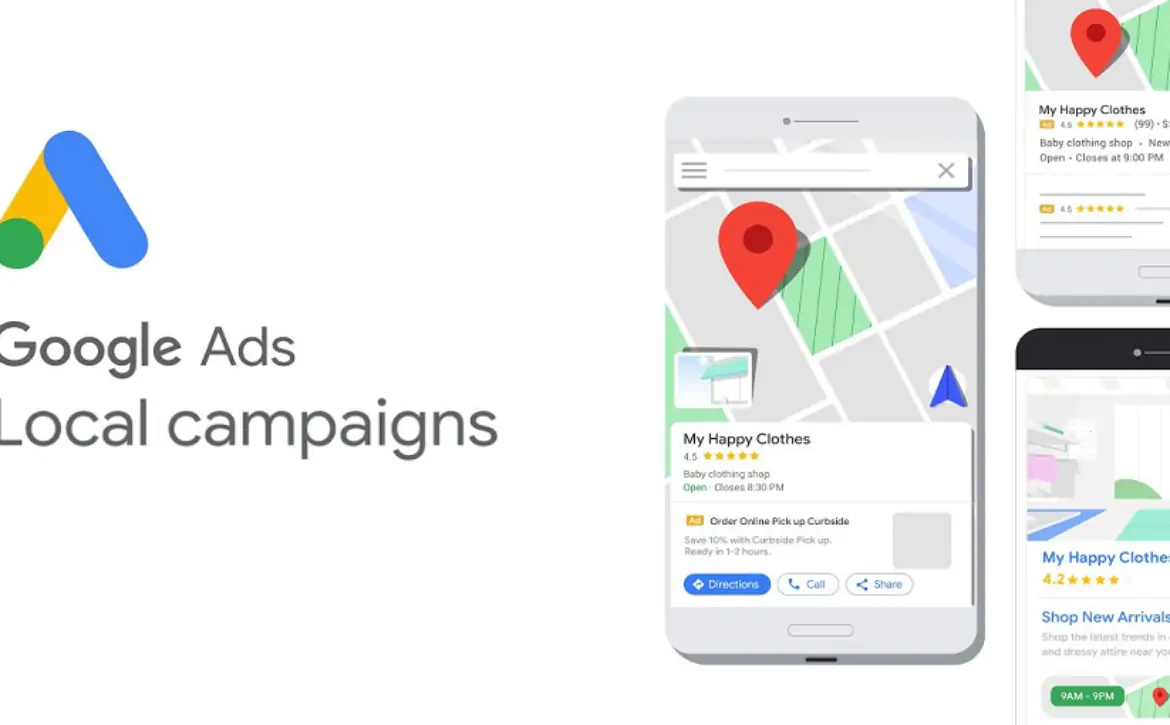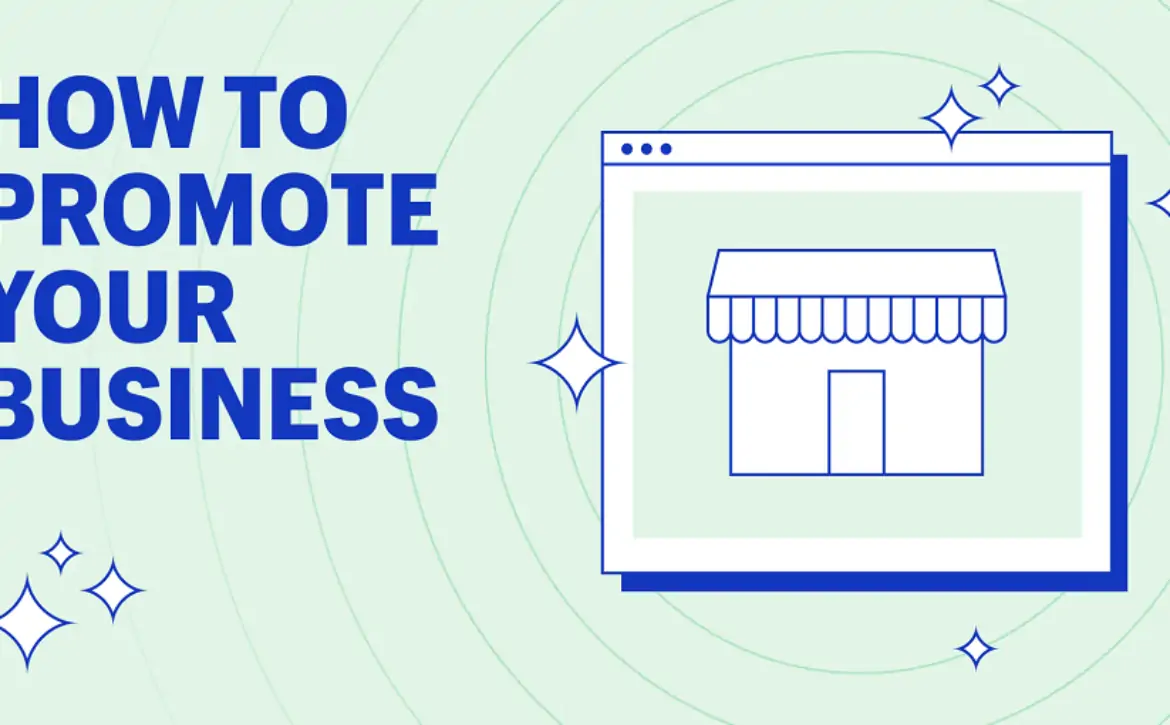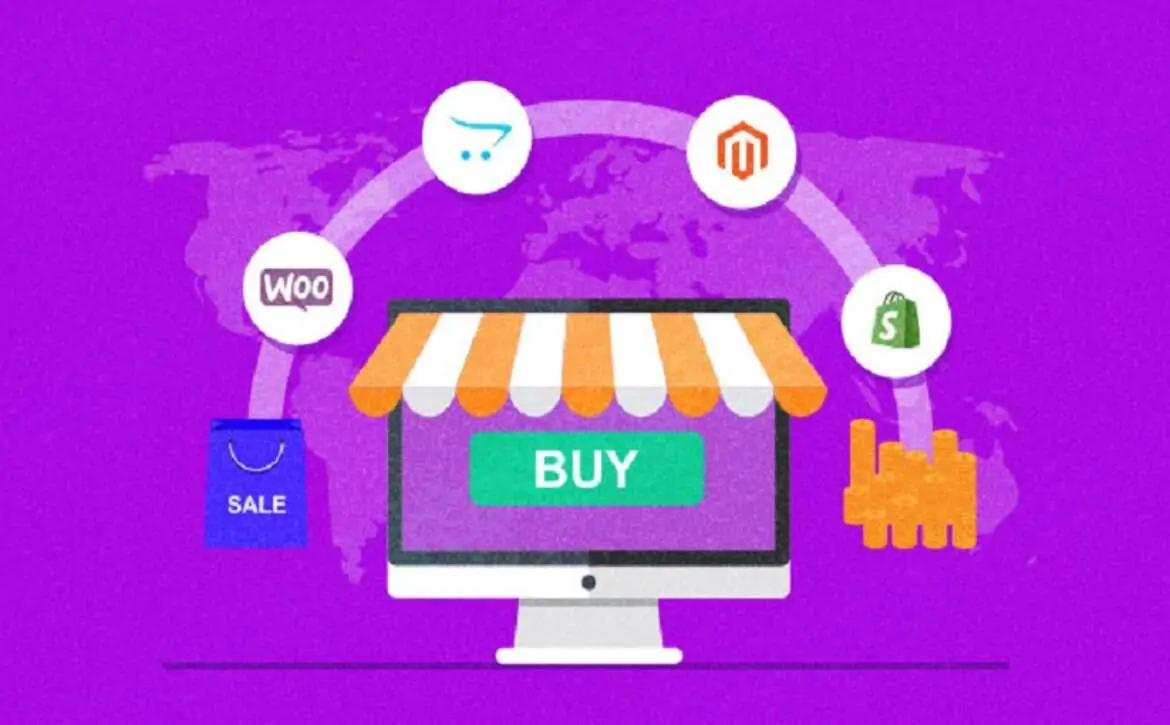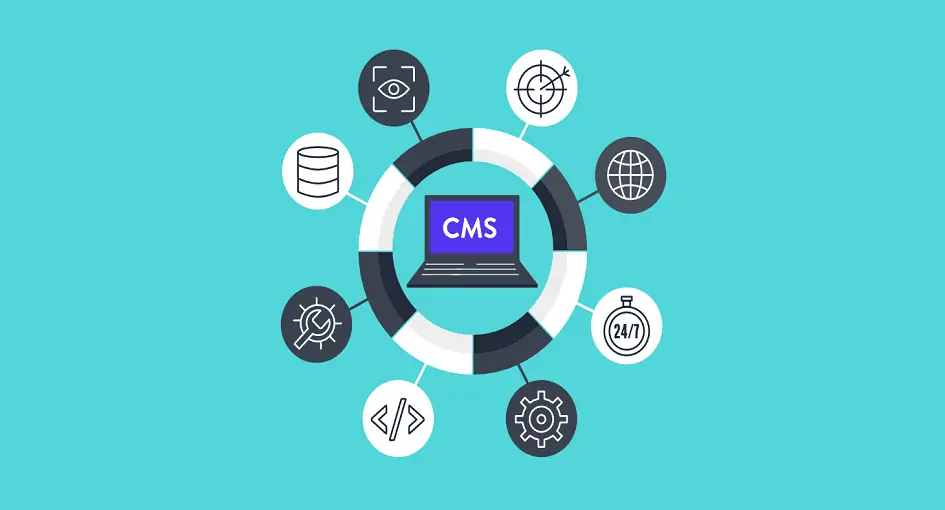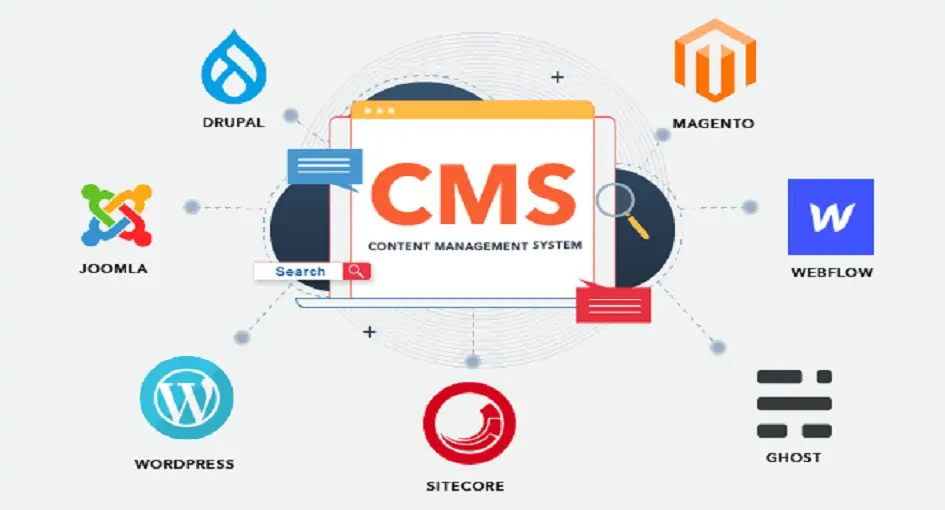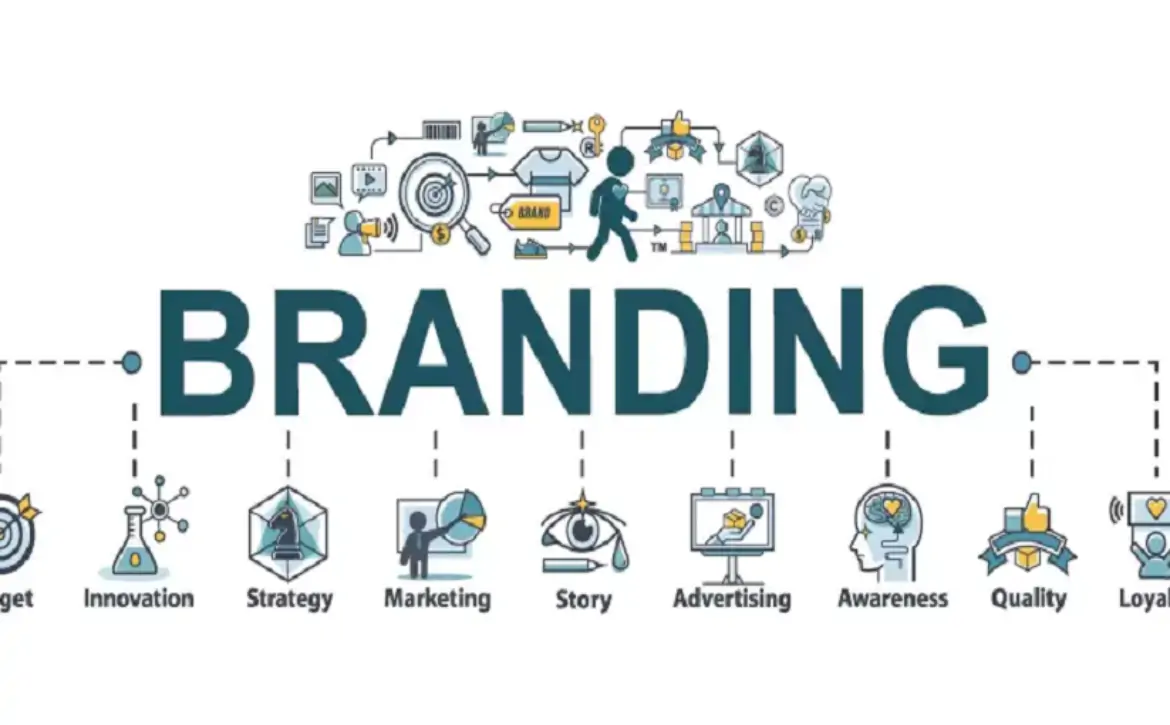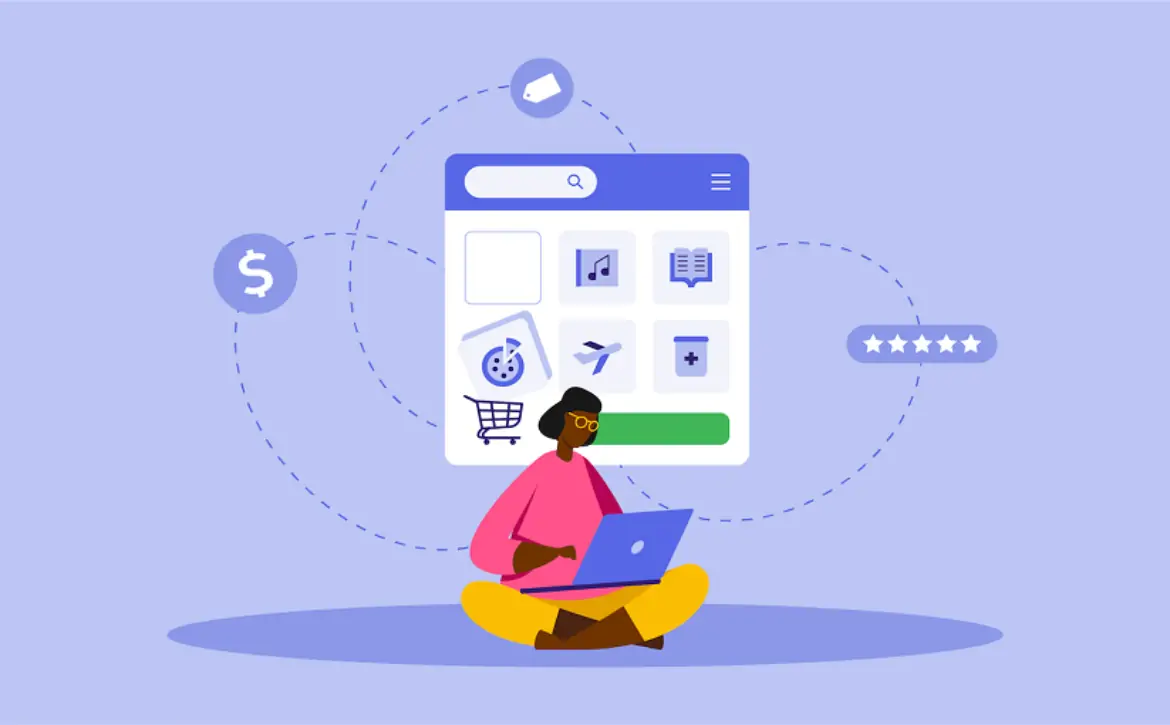The Worth of Local Google Ads for Finding the Local Clientele
In today’s digitally driven business world, companies are constantly searching for innovative ways to effectively interact with their target audience. Local Google Ads are among the best methods available for firms looking to attract customers from their immediate area when it comes to digital marketing techniques.
Local Google Ads near me is a component of Google’s advertising network designed to help businesses market their products and services to potential customers in a specific area. These ads are most visible to consumers looking for local services on Google Maps, where they also appear in search results when users enter location-specific keywords.
For local businesses, Google Ads is a vital tool that promotes foot traffic, online interaction, and overall business success. 88% of smartphone users visit or call a store within a day, and 46% of Google searches are for local information. Over 500% more “near me” searches have been made in the last few years, and 78% of these local mobile searches result in offline sales. 50% of mobile users who conduct local searches visit stores within a day, and companies make $2 on average for every $1 they spend on Google AdWords.
Given that local search is a popular consumer habit, Google Ads is an essential tool for local businesses looking to connect with potential clients. These advertisements offer mobile optimization, cost-effectiveness, fast results, customized advertising, and increased visibility. They provide businesses with specific targeting based on geography, demographics, interests, and search behavior, and they allow them to appear prominently in local search results, frequently above organic results.
Pay-per-click (PPC) advertising is an affordable option for companies with tight marketing budgets. Google AdWords offers comprehensive statistics and performance indicators for ongoing optimization in addition to generating instant traffic to a company’s website or physical presence. Local businesses should use keyword research, attractive ad text, ad extensions, mobile device optimization, monitoring, and exploiting local insights to optimize the impact of Google Ads.
This post explores the value of local Google Ads for local customers, highlighting their advantages, efficacy, and methods for optimizing return on investment.
Benefits of Local Google Ads
1. Targeted Reach:
With the help of Google Local Ads, businesses can target particular geographic areas with highly focused advertising. Customers in the area will see the adverts and are more likely to convert as a result. Businesses can effectively use their advertising resources to attract consumers who are actively searching for local goods and services by pinpointing specific places. Relevance and engagement can be raised by customizing local keywords and ad wording for local Google Ads login. This degree of focused outreach increases foot traffic, stimulates sales from nearby clients, and improves the efficacy of advertising initiatives.
2. Increased Visibility
Local companies may now be found at the top of local search results and on Google Maps thanks to Google Local Ads, which also increases their visibility in search results. High-buy intent users are drawn to this exposure, which increases click-through rates and conversions. By offering pertinent information like business address, operating hours, and stock availability, other features like location extensions and local inventory advertisements further improve exposure. This increases brand awareness in the neighborhood and increases traffic to the company’s website or physical location, making it simpler for clients to identify and select local companies over rivals.
3. Cost-Effectiveness:
One major advantage of Google Local Ads is their cost-effectiveness, which makes them a desirable choice for small local businesses with tight marketing budgets. Businesses using Google Local Ads only pay when a potential customer clicks on their advertisement thanks to the pay-per-click (PPC) business model. By doing this, the advertising spend is guaranteed to be used to create real interest and engagement, hence optimizing return on investment (ROI). Furthermore, advertising is given to highly relevant audiences thanks to the ability to target specific geographic areas and local keywords, which saves money on pointless clicks.
Businesses have complete control over their expenditure because they may set daily or campaign-wide budgets. Google Local Ads’ accurate targeting features and quantifiable performance indicators let companies continuously improve their ads and make sure their investment is yielding the greatest returns. Local businesses may boost sales, get leads, and drive traffic with this economical strategy without having to spend a lot of money on marketing.
4. Measurable Results:
By monitoring data like impressions, clicks, click-through rates, conversion rates, and cost per click, Google Local Ads provides businesses with quantifiable outcomes. These measurements assist companies in evaluating the effectiveness of their advertisements and determining the most captivating elements. Data on visitors performing desired actions after viewing an advertisement is provided via conversion tracking and store visit metrics. Businesses are able to make well-informed decisions, optimize their advertising tactics in real-time, and more efficiently spend their expenditures because to this transparency and data-driven insight. Local businesses can continuously improve their marketing activities for optimal efficiency and effect by measuring and analyzing their results.
5. Enhanced Local Engagement:
By facilitating more efficient communication between businesses and the community, Google Local Ads improve local involvement. Businesses should make sure their ads are relevant to local clients and increase engagement rates by employing local keywords and targeting ads to specific geographic areas. Potential clients may find the business, obtain directions, phone the business directly, or visit the store with ease thanks to features like call buttons and location extensions. Advertisements can also be customized to promote neighborhood partnerships, promotions, or events, strengthening ties with the neighborhood and encouraging patronage. Long-term growth and higher client satisfaction are the results of this customized approach.
FAQs
What are local ads in Google Ads?
Local ads in Google AdWords are a particular kind of advertising created to assist companies in connecting with potential clients in a particular region. These advertisements are highly visible to consumers who are looking for nearby related goods or services since they show up in local search results, on Google Maps, and throughout the Google Display Network. Local advertising seeks to increase foot traffic to real establishments, provide local leads, and improve community participation by focusing on particular places, leveraging local keywords, and including call buttons and location extensions.
How to set up local Google Ads?
To set up local Google Ads and local service ads categories, log into your account, select the campaign type, target the desired geographic area, use relevant local keywords, create compelling ad copy, and use ad extensions like location and call. Set your budget and bidding strategy, review settings, and launch the campaign. Regularly monitor and adjust ads based on performance metrics to optimize results. This will help you reach your desired audience and drive more sales.
How much do Google Local Services Ads cost?
Businesses are only charged when a potential consumer contacts them directly through Google Local Services Ads because the mechanism is pay-per-lead. The cost per lead normally ranges from $6 to $30, depending on the business, region, and level of competition. Google uses the weekly budget that businesses specify to manage ad placements and make sure leads don’t go over budget. This strategy is a cost-effective choice for local firms looking to draw in quality leads because it permits flexible expenditure and guarantees that advertising expenses are directly linked to consumer queries.
Is Google local service ads worth it?
Indeed, for many local firms, Google Local Services Ads are well worth the investment. These advertisements provide high-quality leads by connecting companies with prospective clients who are actively looking for particular services in their area. Pay-per-lead is a cost-effective advertising strategy since it guarantees that companies only pay for real client queries. Furthermore, these advertisements’ trust seals and client testimonials can increase their legitimacy and draw in additional business. Overall, the Local Google ads app can be a wise investment for companies looking to grow their local clientele and provide quality leads.
Is Google Ads worth it with a small budget?
Indeed, Google Ads can still be worthwhile with a modest budget. Because of the platform’s flexibility, firms can target specific demographics and set daily spending limitations to make sure every dollar is spent effectively. Small businesses can gain a lot of publicity and draw in potential clients without breaking the bank by concentrating on highly relevant keywords, employing accurate geographic targeting, and optimizing ad wording. In addition, companies can maximize return on investment for Google local service ads cost by using the pay-per-click (PPC) model, which charges only when a user clicks on their advertisement. With diligent oversight and ongoing refinement, a little budget can produce significant AdWords returns.
Effectiveness of Local Google Ads
There are numerous ways to evaluate the efficacy of local Google Ads:
- Ad Relevance and Quality Score:
Advertising that are extremely related to the user’s search query are given priority by Google’s algorithm. A better Quality Score can be attained by a local advertisement that is well-written, has a compelling value proposition, and a strong call to action. This score affects the cost-per-click and placement of the advertisement, which in turn affects how effective it is.
- Mobile Optimization:
The increasing number of mobile searches, especially for local information, highlights the need to optimize local Google Ads for mobile devices. Click-to-call and navigation elements, as well as mobile friendliness, can greatly increase engagement and conversion rates in ads.
- Ad Extensions:
Local Google Ads can be more effective when ad extensions are used. The possibility of a successful outcome is increased with extensions like location, call, and review extensions, which offer users more alternatives and information to interact with the advertisement.
- Competitive Advantage:
Local Google Ads can give you a competitive advantage, particularly in markets with a high population density. Companies that spend money on local advertisements have a better chance of overtaking rivals that only use organic search results for market share. This competitive edge may play a key role in drawing in local customers.
Strategies for Maximizing ROI
The following tactics should be used by companies to optimize the return on investment of local Google AdWords:
Comprehensive Keyword Research:
To determine which local keywords are the most relevant and effective, conduct in-depth keyword research. To increase the relevancy of your ads and draw in targeted traffic, include these keywords in the headlines, body copy, and landing pages.
Effective Ad Copy:
Write enticing advertising language that draws attention to the company’s unique selling propositions (USPs). To entice clicks and conversions, use succinct, straightforward language and make sure your call to action is strong. Adjust the ad copy to the particular requirements and inclinations of the target market.
Landing Page Optimization:
Make sure the landing page is conversion-optimized. The website should load rapidly, work well on mobile devices, and offer a smooth user experience. Provide contact details, pertinent content that supports the advertisement’s message, and obvious calls to action.
Utilize Ad Extensions:
Utilize ad extensions to their fullest potential to boost ad visibility and offer more information. Call extensions allow for direct communication, while location extensions might make it easier for customers to find the company. Review extensions that highlight gratifying client comments to help increase trust.
Monitor and Adjust Campaigns:
Use Google Ads analytics tools to track local Google Ads campaign performance on a regular basis. Monitor important performance indicators including cost-per-click (CPC), conversion rates, and click-through rates (CTR). Utilize this information to pinpoint problem areas and implement the required fixes to maximize campaign effectiveness.
Leverage Local Insights:
Advertisements can be customized to the unique tastes and habits of the local audience by utilizing consumer information and local insights. Businesses may produce more interesting and relevant advertisements that appeal to potential customers by having a better understanding of the characteristics of the local market.
Case Studies and Real-World Examples
To demonstrate the value of local Google Ads examples, let’s examine a few actual cases:
Local Retail Store:
Local Google Ads were employed by a nearby boutique that sold handmade jewelry to draw in customers. Within three months of implementing keyword targeting strategies like “handmade jewelry near me” and “local jewelry shop,” the boutique had a 50% rise in foot traffic and a 30% increase in revenues. The store’s customer base was further expanded by tourists who found it thanks to the advertising’s prominence on Google Maps.
Home Services Business:
A plumbing business used neighborhood Google Ads to connect with local homes. The organization enabled potential consumers to identify and contact them with ease by leveraging call and location extensions. A 40% rise in service calls and a notable boost in overall business growth were the campaign’s outcomes.
Restaurant and Café:
Local Google Ads were employed by a nearby café to advertise their new menu and exclusive deals. During peak hours, the café increased the number of customers by utilizing visually appealing ad language and focusing on food-related keywords. The strategy improved the café’s internet visibility and reputation in addition to increasing bookings.
Conclusion: Local Google Ads are incredibly beneficial for companies looking to foster community engagement and spur expansion. Local Google Ads provide SMEs with a potent marketing tool through cost-effectiveness, quantifiable outcomes, enhanced exposure, and targeted reach. Businesses may increase the return on investment (ROI) of their local ad campaigns by putting strategic techniques like keyword research, compelling ad text, landing page optimization, and utilizing ad extensions into practice. Examples from the real world show the observable advantages that local Google Ads may provide, emphasizing their value as the cornerstone of contemporary local marketing campaigns. In a time when people are more likely to look online for local information, companies that use local Google Ads stand to gain from this trend. Local firms may prosper in their communities and see steady development by drawing in neighboring consumers, encouraging community involvement, and outpacing the competition.


